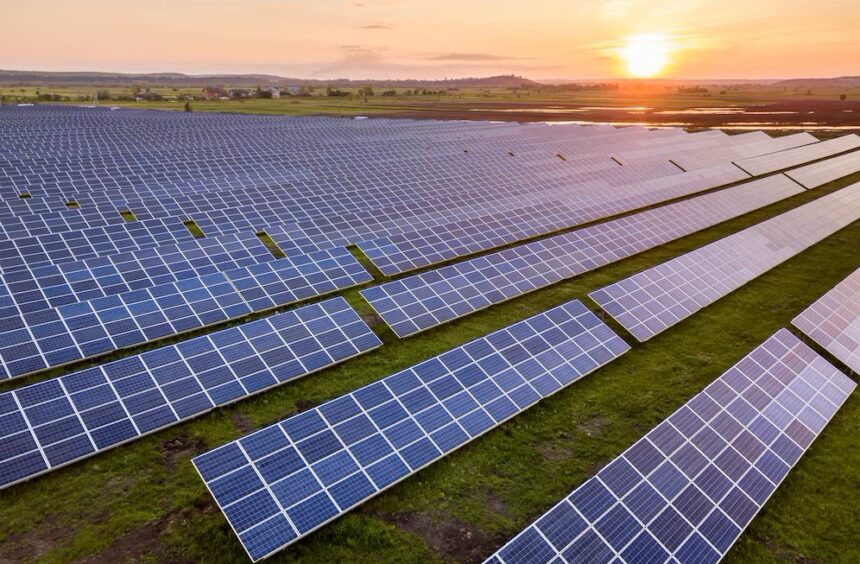In the heart of Central Zambia, a transformative step toward energy independence is nearly complete. The Chisamba Solar Power Plant—a state-of-the-art 100-megawatt facility—is now 97% finished and on track to begin generating electricity by May. This milestone marks a significant leap for Zambia as the country confronts one of its most severe electricity crises in recent memory.
ZESCO, the national power utility, recently announced an energy shortfall of up to 750 megawatts, triggering widespread load shedding across homes, hospitals, schools, and businesses. With blackouts straining daily life and economic productivity, the Chisamba solar project arrives as a timely intervention and a powerful symbol of Zambia’s pivot toward renewable energy.
Once operational, the plant is expected to produce enough electricity to power approximately 30,000 households. Its contribution will ease the burden on Zambia’s heavily hydropower-dependent grid, which has been severely affected by climate-related droughts. For many, this signals a turning point in the country’s energy strategy—one that embraces resilience, innovation, and sustainability.
“This project is more than infrastructure. It’s a step toward energy security,” said Chisa Nyerenda, Plant Manager at Chisamba. “We’re not just switching on power—we’re powering Zambia’s future.”
At the core of the plant’s advanced technology are bifacial solar panels, which capture sunlight from both sides, increasing energy output by 5 to 10 percent compared to traditional panels. Contrary to common myths, solar panels rely on light—not heat—to generate electricity. “As long as there’s visible light, the modules are working,” Nyerenda explained.
Complementing the power generation facility is a dedicated 132kV substation, nearly complete, which will allow seamless integration of the solar power into Zambia’s national grid. This ensures that the benefits of Chisamba’s output are not only immediate but also scalable.
Government officials have repeatedly affirmed their support for renewable energy as a long-term solution. Ministry of Information spokesperson Henry Kapata underscored the administration’s stance: “The president has been very clear—diversifying our energy mix is no longer optional.” A Ministry of Energy official echoed the sentiment: “Solar is not only the future; it is the now.”
Beyond the technical and environmental aspects, the project is also catalyzing human development. The construction phase has created numerous jobs and provided skills training to local workers. Among them is Frances Selabuwa, the only female engineer on site, who described her role as life-changing. “To see the inside of a transformer, to understand these systems—it has opened my eyes,” she said.
With the success of Chisamba, Zambia could soon witness a broader solar energy boom. Plans are already underway for additional solar projects, which could pave the way for a domestic solar equipment manufacturing industry. This expansion has the potential to create thousands of new jobs in engineering, logistics, and infrastructure maintenance.
In less than a year, the once-quiet fields of Chisamba have been reshaped into a beacon of progress. As the plant nears commissioning, it represents more than a fix for rolling blackouts—it offers a roadmap to a cleaner, more self-reliant Zambia.
As the nation looks ahead, the message is clear: the sun is no longer just rising on Zambia’s energy future—it’s powering it.






